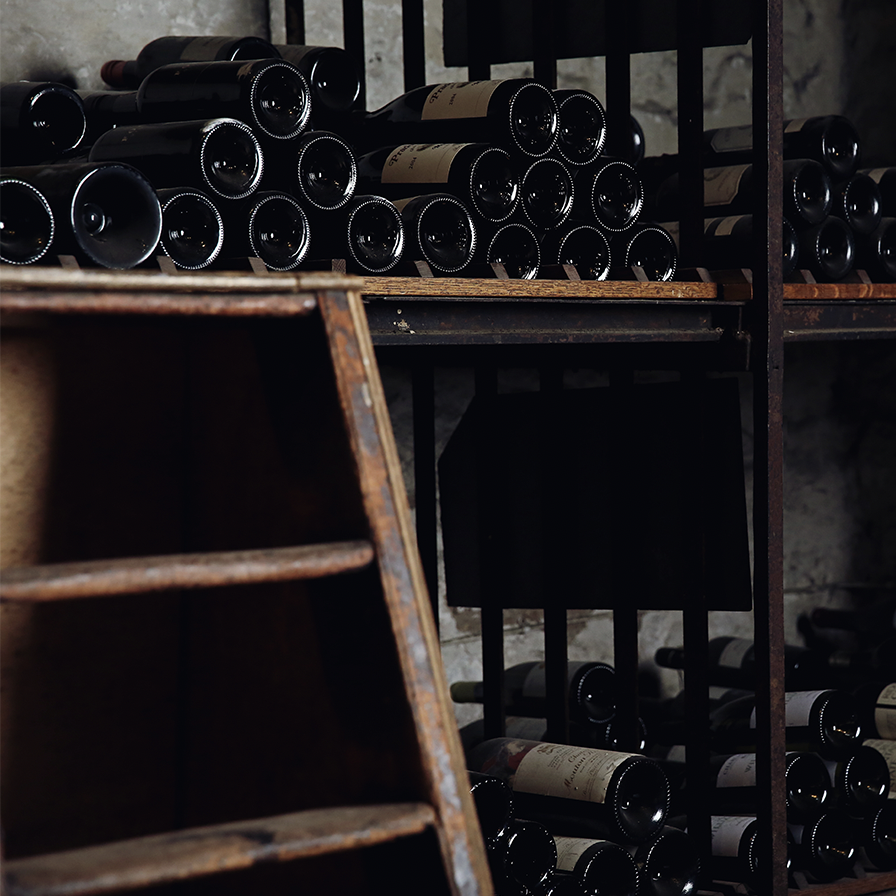How sustainable are glass wine bottles?
Author: Adam Holden

Since the 17th century, wine and glass have proved to be an enduring, unbeatable partnership. But why have glass wine bottles remained the packaging of choice – and what environmental impact are these having on the industry? Adam Holden explains.
At our St James’ home in London, you can view the evolution of glass wine bottles. These range from the earliest, dumpy “onion” bottles of the 17th century to the straight-sided, upright examples preferred some one or two hundred years later. They all bear a crest, initials or a cipher to identify the owner; in past times, the bottle was far more precious than the liquid within and was used time and time again. An early, unwitting sustainability initiative.
Glass is wine’s ideal companion. It’s inert, easy to clean, infinitely recyclable (though infuriatingly, not always recycled – we send about 130,000 tonnes to landfill every year), can be coloured to defend against UV, and is impermeable.
The environmental impact of glass wine bottles
Glass offers huge benefits in the long-term preservation and development of fine wines. However, it also has an environmental impact.
Making glass involves melting raw materials – principally silica sand, soda ash, and limestone. Doing this requires sustaining furnace temperatures of 1,600°C or higher, for around 50 hours at a time. Naturally, this requires an enormous amount of energy – energy which is largely derived from fossil fuels.
Glass production accounts for 42% of Berry Bros. & Rudd’s total carbon footprint, equivalent to around 9,500 tonnes of carbon dioxide a year. Any business hoping to achieve net zero – including us – needs to make a change.
The future sustainability of glass
The good news is that the glass industry is firmly on a path to decarbonisation. In 2021, Encirc360 – a member of the Wine & Spirits Trade Association – successfully made glass using biofuels and cullet (the glass pellets that result from glass recycling). This process used 90% less carbon dioxide than standard. Meanwhile, at their plant in Northern Ireland, they are studying the effects of using animal slurry for fuel.
Glass Futures will open their world-leading research facility in 2023. Through this, international research and development into decarbonising the glass industry will be enabled. First, they plan to drive a move towards electric power and then to green hydrogen. Employing an ever-increasing percentage of recycled material is also on the agenda.
Glass wine bottles across Europe
Continental Europe is where the majority of our producers source their bottles. Here, there are equally encouraging projects afoot. FEVE (the European Container Glass Federation) have been working on a project to build hybrid “furnaces for the future” – replacing a portion of natural gas with electricity ahead of introducing biofuels and hydrogen. This project has unfortunately run into funding difficulties, but the FEVE team continue to work towards decarbonisation with their members. Their work is essential both for the future of the glass industry and the planet.
There is hope, and we all need to play our part. We must recycle our glass, and we must put pressure on the government to make it easy for everyone to do. We must stop sending 130,000 tonnes of an infinitely recyclable material to landfill every year.
Glass and fine wine are a partnership which will continue to endure, but only if there’s a solution which also helps to secure the future of the planet.
Explore more articles on sustainability in the wine industry here.


